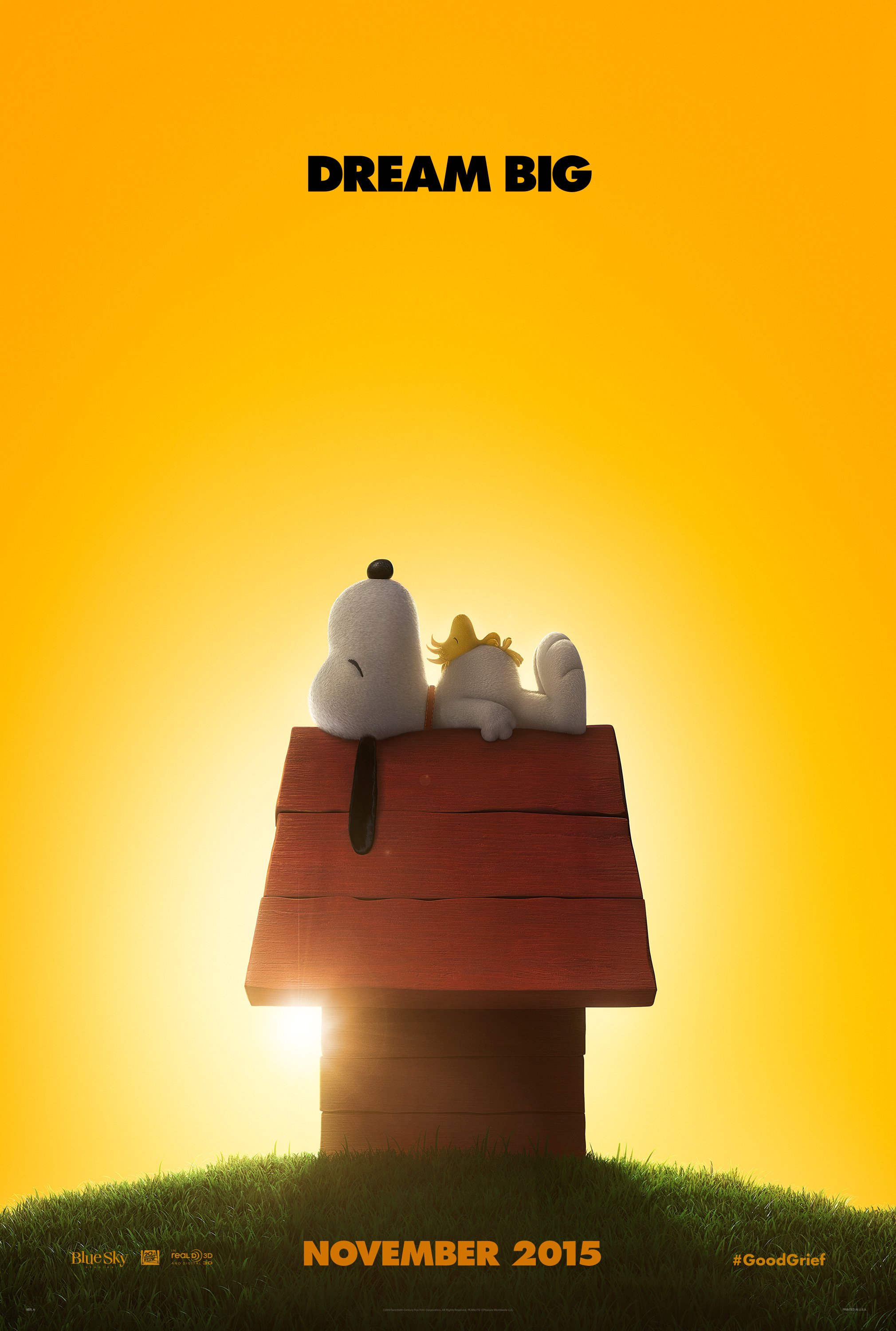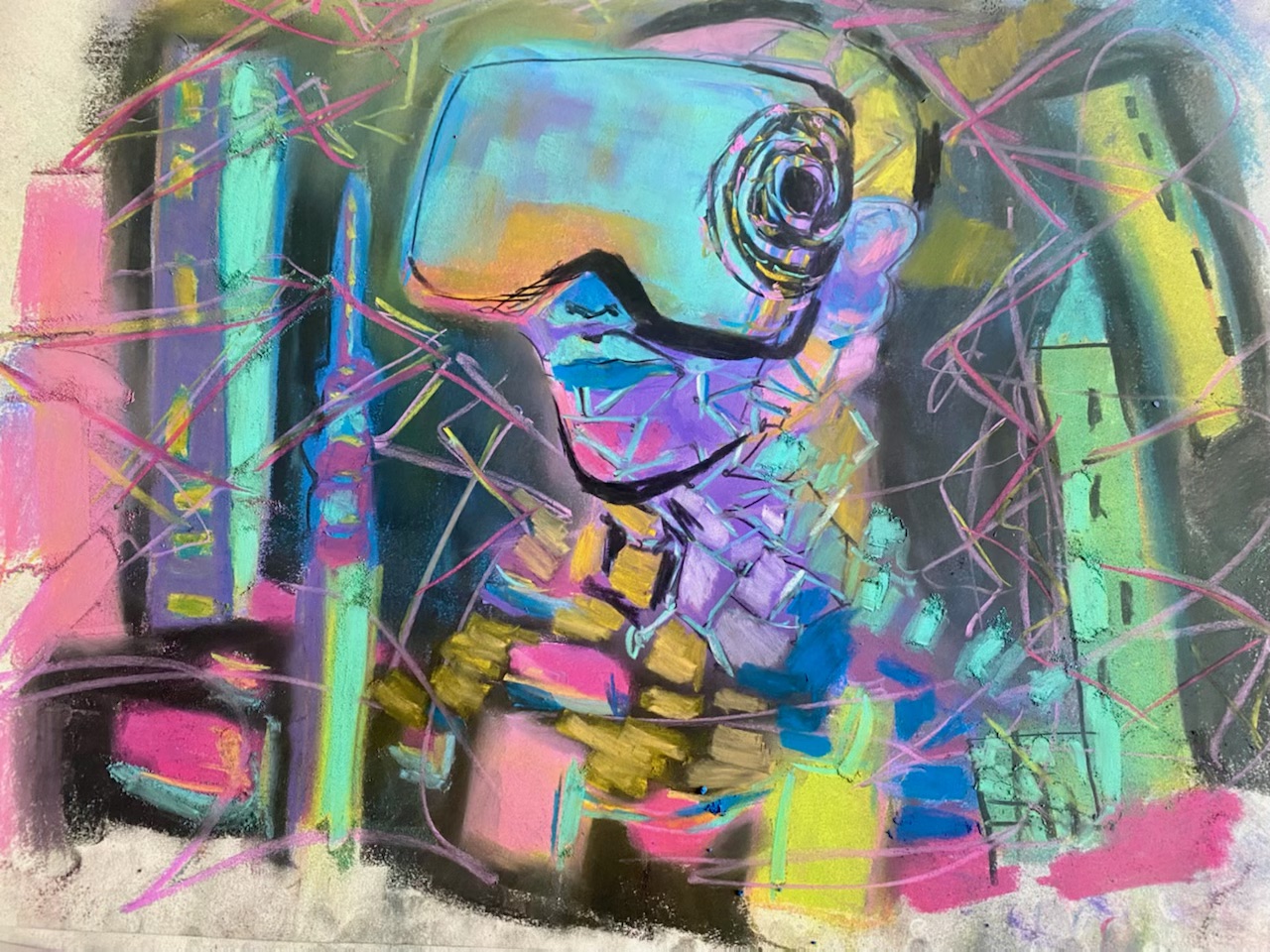Most people would be able to recognize the characters Charlie Brown or Snoopy, if not name them. The beloved characters, created by Charles M. Schulz, ran in papers for almost 50 years (Oct 2, 1950 – Feb 13, 2000).
Many movies, holiday specials, and TV shows have come from the strip though the years. Its draw has been universal with its timeless characters that many generations have been able to relate to.
Once a 2D rendered concept, “The Peanuts Movie” has now gone into the CGI realm and has done it well. It is beautifully rendered. There is rarely a moment in the film when a viewer will not see the sheen and texture of hair, or the haze of a sunset, or the sparkle of ice on a pond.
We are given a storyline that pays tribute to past comic strips, while at the same time having characters realize what is really important. Elements of the movie work really well for the issues many children may face when going to school or growing up. Charlie Brown has always been a great kid, and in this movie, there is no exception.
When a little red-haired girl moves in on Charlie Brown’s street, Charlie Brown falls in love. Throughout the movie, Charlie struggles with his self-worth and the desire to speak to her. Charlie Brown also experiences incidents where he must choose what he wants over what is good for other people.
Charlie is a positive role model for children and has very real—and relatable–dilemmas that can often be faced in life. In the end, “The Peanuts Movie” is a truly heartwarming tale that is for those both new and familiar with the characters.
Craig Schulz, (son of Charles Schulz and a cowriter of the movie) and director Steve Martino (director of “Ice Age: Continental Drift” and “Horton Hears A Who!”) sat down for a round-table interview recently to discuss the movie and the process they went through of creating it.
“Everything was referenced from (the 18,000) strips. We wanted to remember the source, not reinvent it.” Martino said.
Craig agreed and added, “The entire range of emotions is there, and we’re dealing with characters who are already formed. (We) didn’t want to cross boundaries—Charlie Brown wouldn’t do things that are not in his personality…We shine a light on his qualities likes honesty and perseverance.”
In the early stages of writing, it was debated as to whether or not the Little Red-Haired Girl’s face would be shown, and whether or not Charlie Brown would interact with her. The Christmas Special was noted as having an influence of the themes of the story.
Schulz and Martino discussed how with working with CGI, they wanted to have the actual movement of the characters to be like the original films. As Charles Schulz used seven different positions when drawing his characters, they wanted to remain true to this format as much as possible.
“We wanted to see how we could shape and support the storytelling with the CGI using light, color, and detail. The children are what make it come to life. Surprising things would come out of their minds and we would add it into the movie.” Martino said.
Martino also added that watching his daughters going through school and competing academically and socially influenced his thinking on how we as a society measure a person’s value. “It’s so small a piece of life. You have a greater impact by being honest and kind.”
“The Peanuts Movie” is a work of love, dedication, and family legacy. Schluz’s family has seen to it that the story and characters remain true to their origins while being able to enchant a new generation of children. Parents and children and fans of Peanuts will be very pleased with this loving continuation of Charlie Brown and friends.
“The Peanuts Movie” opens in theaters on Nov. 6.



